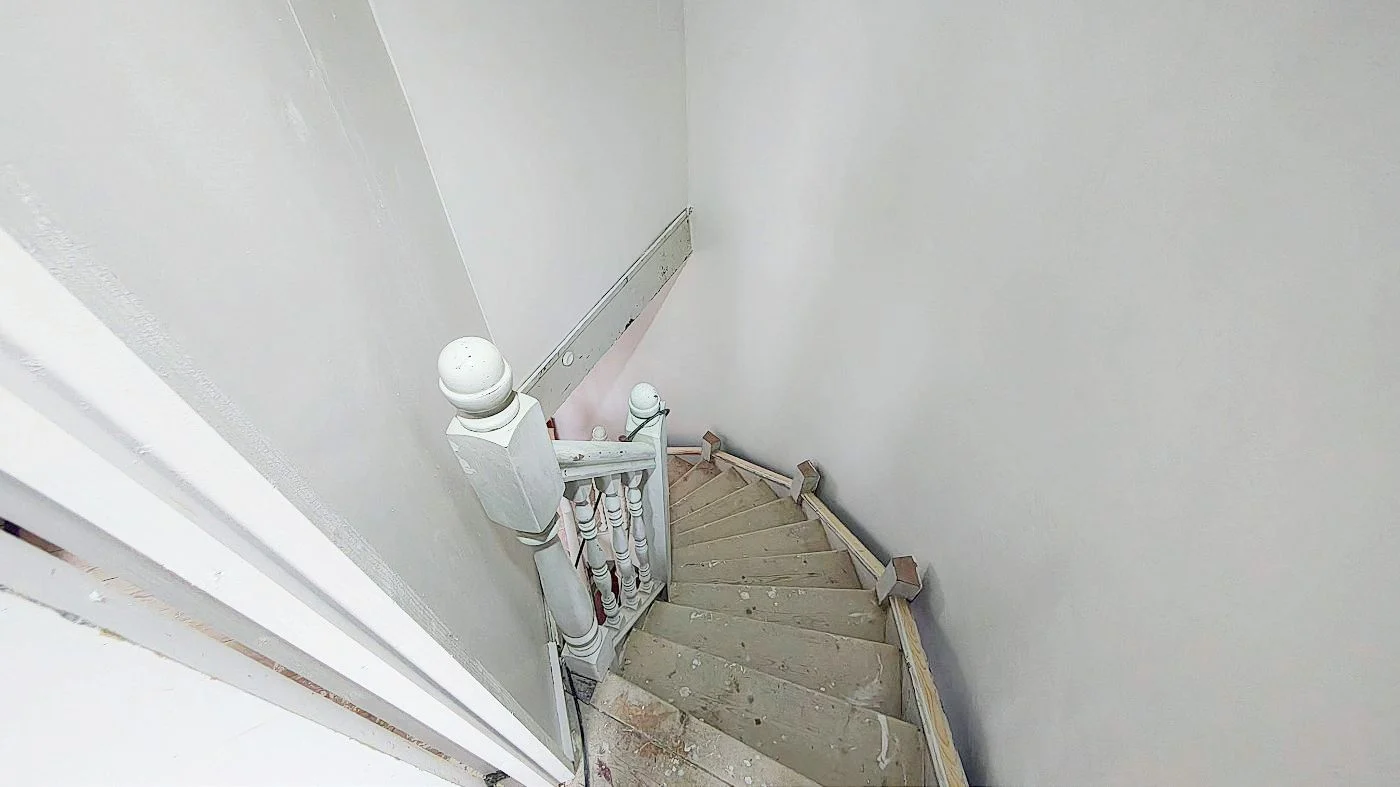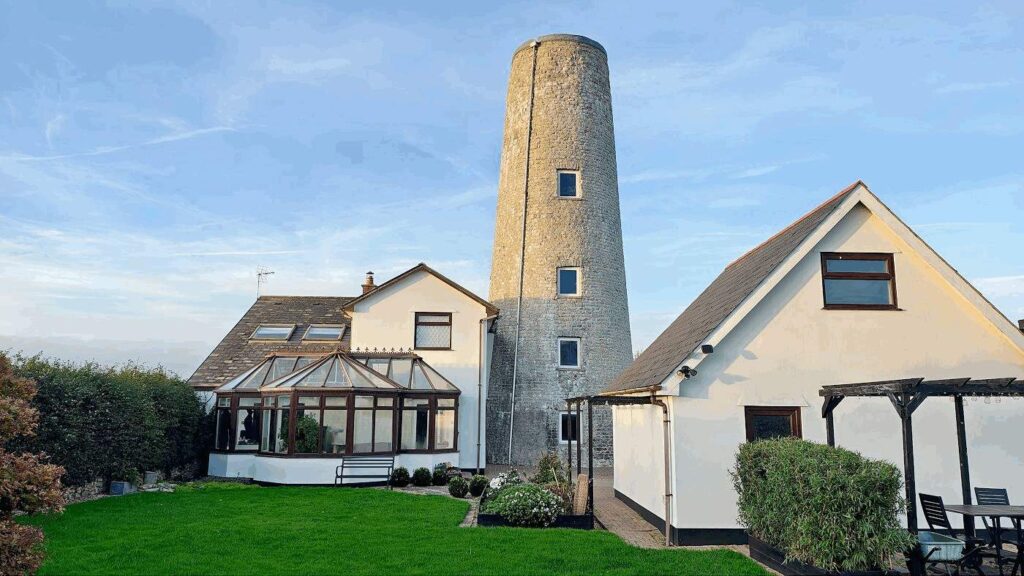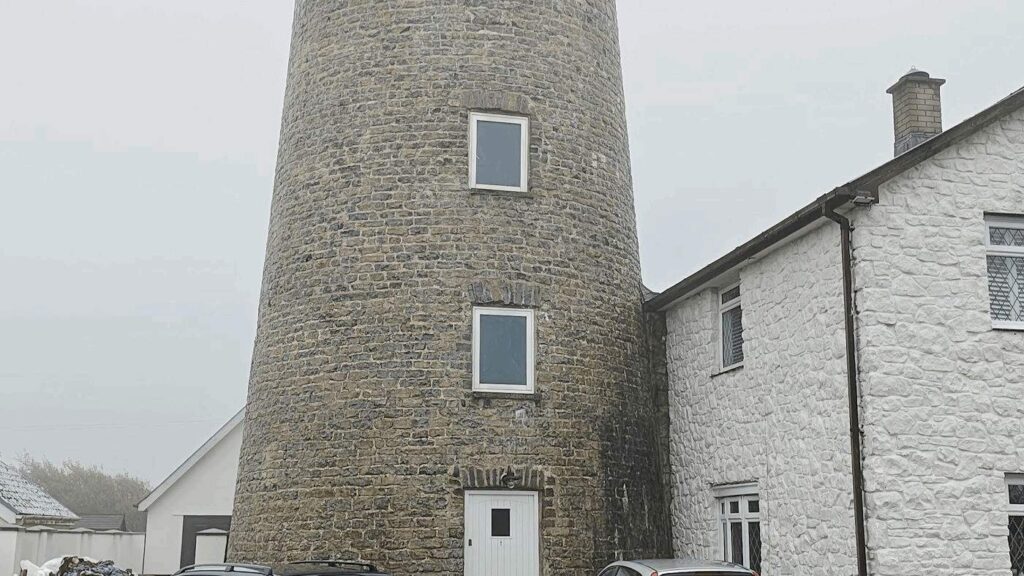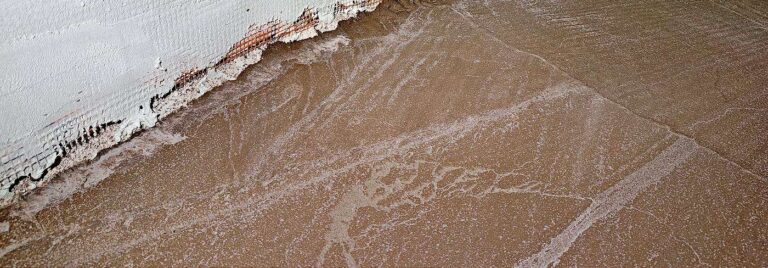
There are many brilliant ways to insulate buildings — but when it comes to older properties, things can get tricky. What if the building is listed? What if you can’t (or don’t want to) change its appearance? Or what if it’s a windmill or a hop kiln with curved walls and tight spaces?





We often get asked: How can I insulate curved or uneven walls? It’s a great question — many historic buildings have walls that are anything but straight. The answer? Super-insulating lime plasters.
Since the plaster is applied directly onto the wall, it follows every curve, twist and turn. And with its slim profile, it can still deliver excellent insulation performance. Our go-to product for these projects is TermoRasante Aerogel MGN – a top-performing aerogel-lime mix.

Perfect for old stone walls, single-skin brickwork, timber-frame infill panels — and even suitable for Passive House projects.
In old buildings, damp walls radiate cold. So insulation begins with fixing moisture issues. Our go-to solution is Rinzaffo MGN— a salt- and moisture-resistant Roman lime base coat, based on the ancient formula described by Vitruvius, Roman architect, over 2,000 years ago. Once cured, it becomes waterproof but remains breathable — ideal for coastal buildings.
Some areas—like behind joists—were nearly inaccessible. By carefully removing and re-installing a few joist ends, we were able to fix every last leak.
BEFORE
AFTER
For the windmill’s curved interiors, we used two complementary lime-based insulation plasters:
Coccioterm MGN – A thermal lime-terracotta plaster that helps regulate humidity. Cocciopesto plasters have been used since Roman times in humid environments such as baths, cellars, and marine settings. This modern version retains all the humidity-regulating properties of the original while incorporating high-performance insulating aggregates.
TermoRasante Aerogel MGN – Our slim-profile, super-insulating aerogel mix: a 10mm coat of this award-winning product has been used to make the walls thermally reflective and significantly boost thermal comfort.
BEFORE
AFTER
The final touch was the application of Rasacol MGN, a protective lime finish that provides lasting mechanical resistance to the insulation layer. It was then decorated with the client’s choice of breathable paint, achieving the historically accurate aesthetic they were looking for.
BEFORE
AFTER
The original cement floor received a 20 mm layer of Rinzaffo MGN to act as a breathable lime base, ready for any final floor finish.

This waterproof lime plaster is based on an original recipe by the Roman architect Marcus Vitruvius Pollio. In The Ten Books on Architecture (De Architectura), Vitruvius describes how to use a specific volcanic material from Mount Vesuvius to make lime both durable and completely waterproof.
Our Italian partner, Naldo Busato, master of Venetian building restoration, collaborated with the Polytechnic University of Milan to faithfully recreate this ancient material. The result? MGN Rinzaffo Roman Waterproofing Plaster — durable, breathable, and perfect for sensitive restoration work.